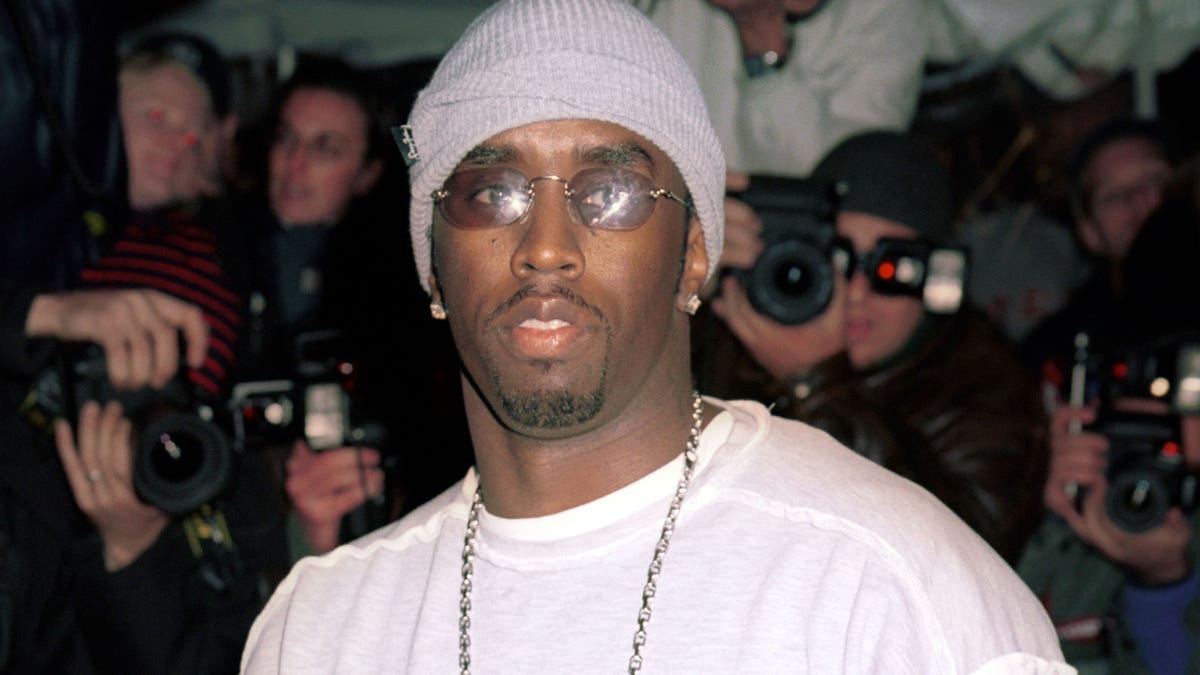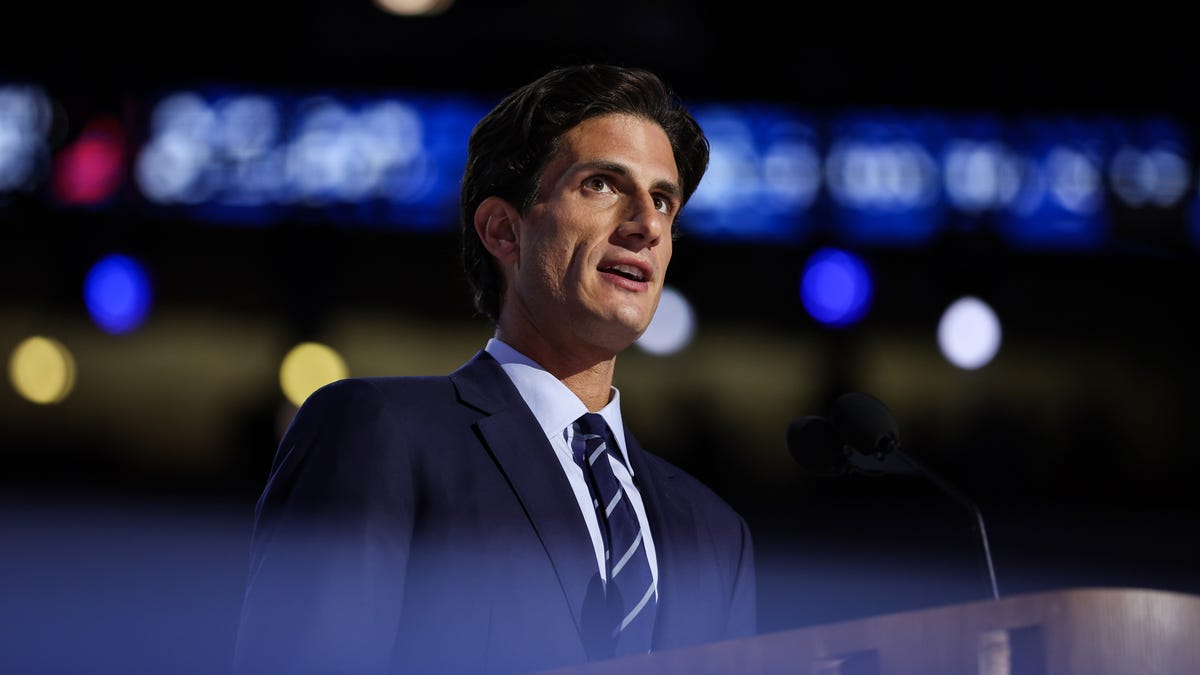What Carrie Coon says about shooting ‘The White Lotus’ in Thailand
“The White Lotus” star Carrie Coon tells USA TODAY about what it was like to film in Thailand.
- The finale featured several plot lines mirroring Shakespearean tragedies, including “Hamlet” and “Romeo and Juliet.”
- The tragic demise of Hamlet and Ophelia, driven by revenge and resulting in a watery end, were echoed by the death of two characters.
- Belinda’s departure, set to Billy Preston’s “Nothing From Nothing,” alluded to “King Lear,” highlighting the cyclical nature of wealth and betrayal.
Spoiler alert: This story includes details of “The White Lotus” season finale.
Last night, the season finale episode of “The White Lotus” had everyone on edge.
After eight episodes of the action-packed HBO drama, viewers finally learned the fates of Thailand’s White Lotus resort guests. And if the final episode’s plot lines, motifs and even cinematography seem a little familiar, there’s a reason why.
The fingerprints of English playwright William Shakespeare are all over “White Lotus” Season 3’s dramatic end. While the Ratliff family has a run-in with poison that could be seen as a callback to “Romeo and Juliet,” there are other parallels involving couple Rick Hatchett (Walton Goggins) and Chelsea (Aimee Lou Wood) as well as a nod to “King Lear” in the show’s closing moments.
Not familiar with the Bard of Avon’s work? We’ll break down how the show may have drawn inspiration from the 16th-century writer’s works.
Rick Hatchett’s arc parallels Shakespeare’s ‘Hamlet’
The most obvious Shakespearean reference in “White Lotus” is seen in Rick Hatchett’s story.
The revenge-set Hatchett couldn’t move past the bitterness he felt towards the man his mother told him murdered his father, so he travels to the White Lotus in Thailand to track down Jim Hollinger, the husband of the resort’s owner, Sritala.
After confronting Jim, viewers think Rick has come to peace with the past. But Rick returns to the resort to his girlfriend, Chelsea, with whom he says he wants to spend the rest of his life.
After Jim and Sritala return to the resort, another confrontation sets Rick off − again.
Though Chelsea urges Rick not to do anything stupid and to appreciate the love he has instead of the love he has lost, Rick can’t handle his brewing anger and resentment, grabbing Jim’s gun and killing him.
A gunfight commences, and after Jim and Sritala’s bodyguards fire back, Chelsea is also shot in the chest.
Rick scoops Chelsea up in his arms before being shot himself and falling into the water with his lover, where the two die together. Rick’s final words to Chelsea are: “We’re gonna be together forever, okay? Just like you said.”
The fate of Rick and Chelsea echoes one of Shakespeare’s most championed plays, “Hamlet.”
In the story, Hamlet, the Prince of Denmark, is haunted by his father’s death. After discovering his uncle Claudius killed his father and is set to become the new king, Hamlet spends the duration of the play tortured by grief and the need to avenge his father’s “foul and most unnatural murder” by murdering Claudius.
In the process, Hamlet’s drives his past lover, Ophelia, to the brink of sanity.
Like Chelsea towards Rick, Ophelia keeps compassion for Hamlet as he loses control: “O, help him, you sweet heavens!”
But still, Hamlet’s actions cause Ophelia to spiral into madness and die by drowning.
While Hamlet carries out his revenge plot to fruition, he dies in a duel just like Rick, with both of them throwing away the love they had to avenge their father. Unlike the Hamlet plot, Sritala reveals to Rick that Jim was his real father all along.
Chelsea’s death mirrors Ophelia’s muddy demise
The final shot of Rick and Chelsea shows the two dead in the water among lily pads with Rick facing upwards and Chelsea downwards, nodding to Ophelia’s fate.
“But long it could not be / Till that her garments, heavy with their drink, / Pulled the poor wretch from her melodious lay / To muddy death,” a character in the play says of Ophelia’s mermaid-like death.
The drowning has become one of the most referenced and well-known deaths in literature, inspiring countless works of art. The 1851-52 painting by John Everett Millais is one of the most popular renderings of Ophelia’s death, which depicts her lying, almost peacefully, among flowers in a brook.
In Rick and Chelsea’s last shot together, the two undeniably echo Millais’ “Ophelia,” though it is Rick whose face is visible, emphasizing that his actions led to the pair’s downfall.
‘Nothing From Nothing’ closes the show, a musical ‘King Lear’ nod
In the finale, Maui spa manager Belinda Lindsey (Natasha Rothwell) fares much better than Rick and Chelsea.
She receives a handsome payoff by extorting the late Tanya McQuoid’s ex-husband, Greg Hunt (Jon Gries), the man behind her death.
At the end of the finale, Belinda is seen leaving the White Lotus resort on a boat with her son and $5 million richer. Belinda finally has the funds to fulfill her dream and open her spa, a dream that Tanya offered to bankroll in Season 1 of the show before backing out and dashing Belinda’s hopes.
A professional and romantic relationship with Thailand White Lotus employee Pornchai has Belinda considering him a business partner. The two could open a spa together, Pornchai suggests.
But as soon as the extorted funds hit her bank account, Belinda decides to leave Thailand. “Can’t I just be rich for five minutes?” she tells Zion after he asks about her relationship with Pornchai.
Belinda tells Pornchai she’s leaving, dashing his dreams and making her the new Tanya figure.
As they jet away on the boat, Billy Preston’s song “Nothing From Nothing” plays in the background, a cheery tune where Preston sings, “Nothin’ from nothin’ leaves nothin’ / You gotta have somethin’ if you wanna be with me.”
The song’s title nods to another famous Shakespearean line from King Lear. “Nothing will come of nothing,” the King tells his daughter.
It’s a tale as old as time (or as old as the 1600s): if you have nothing to offer another person, they’ll never share the wealth.
Audrey Gibbs is a music journalist with The Tennessean. You can reach her at [email protected].







